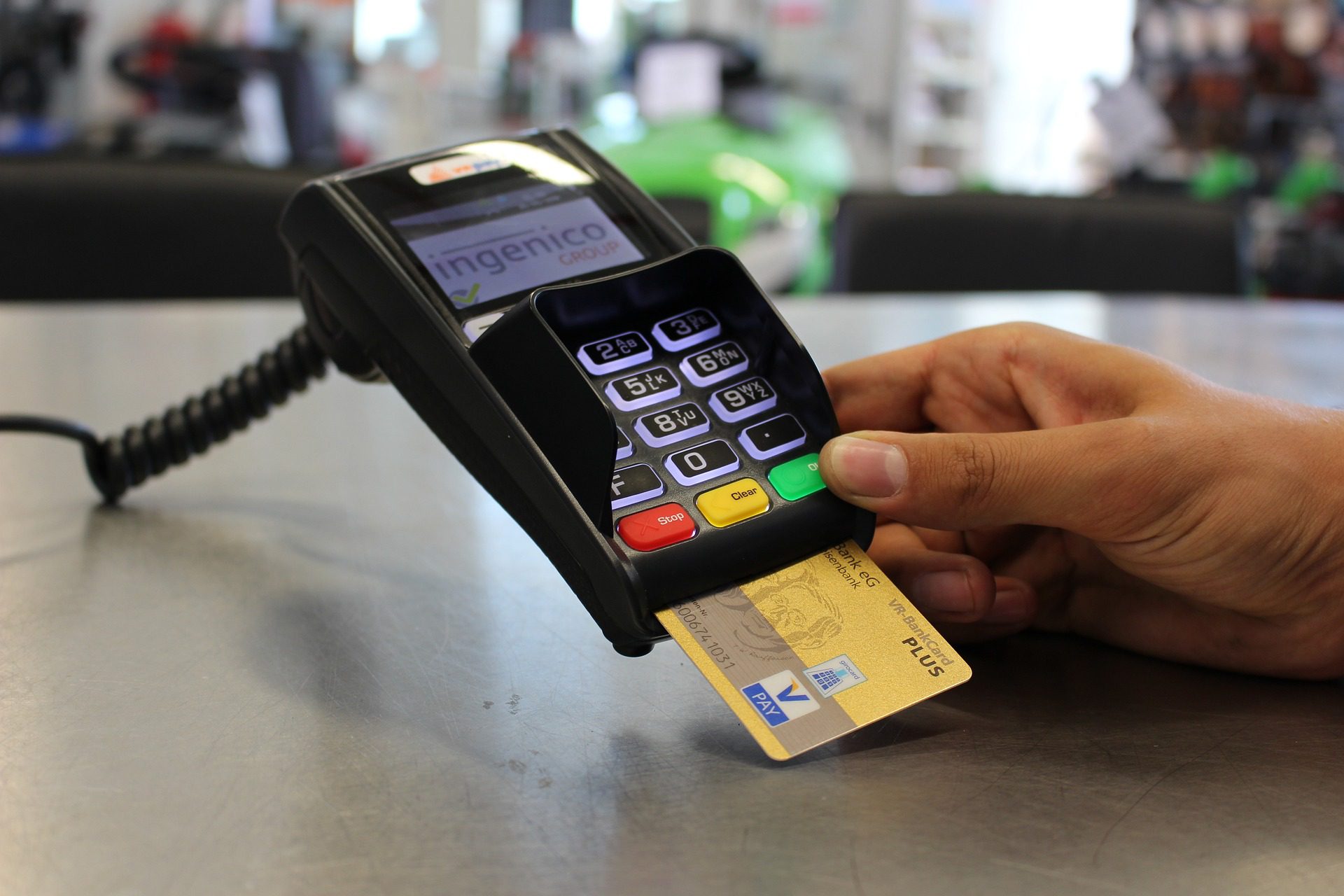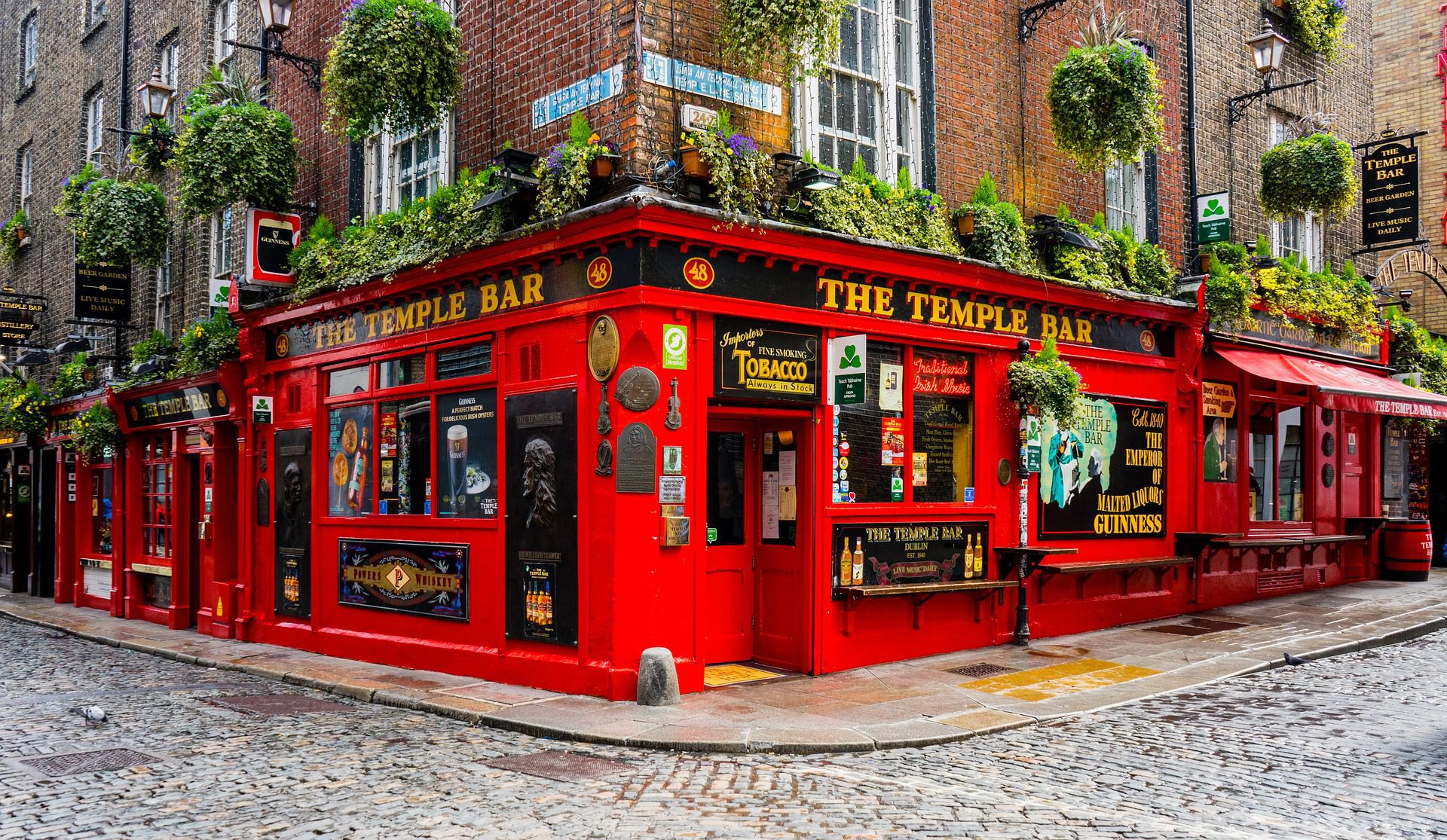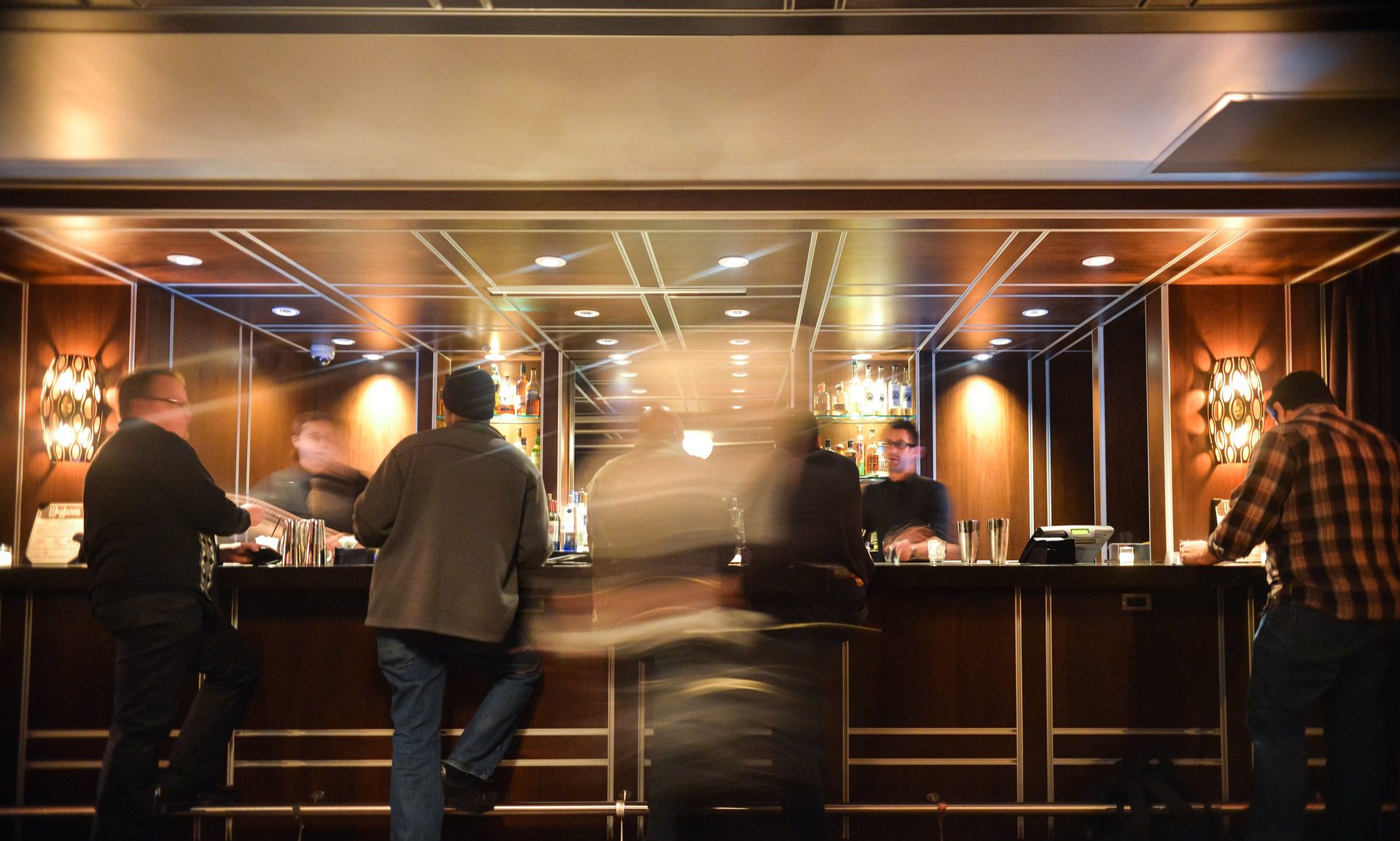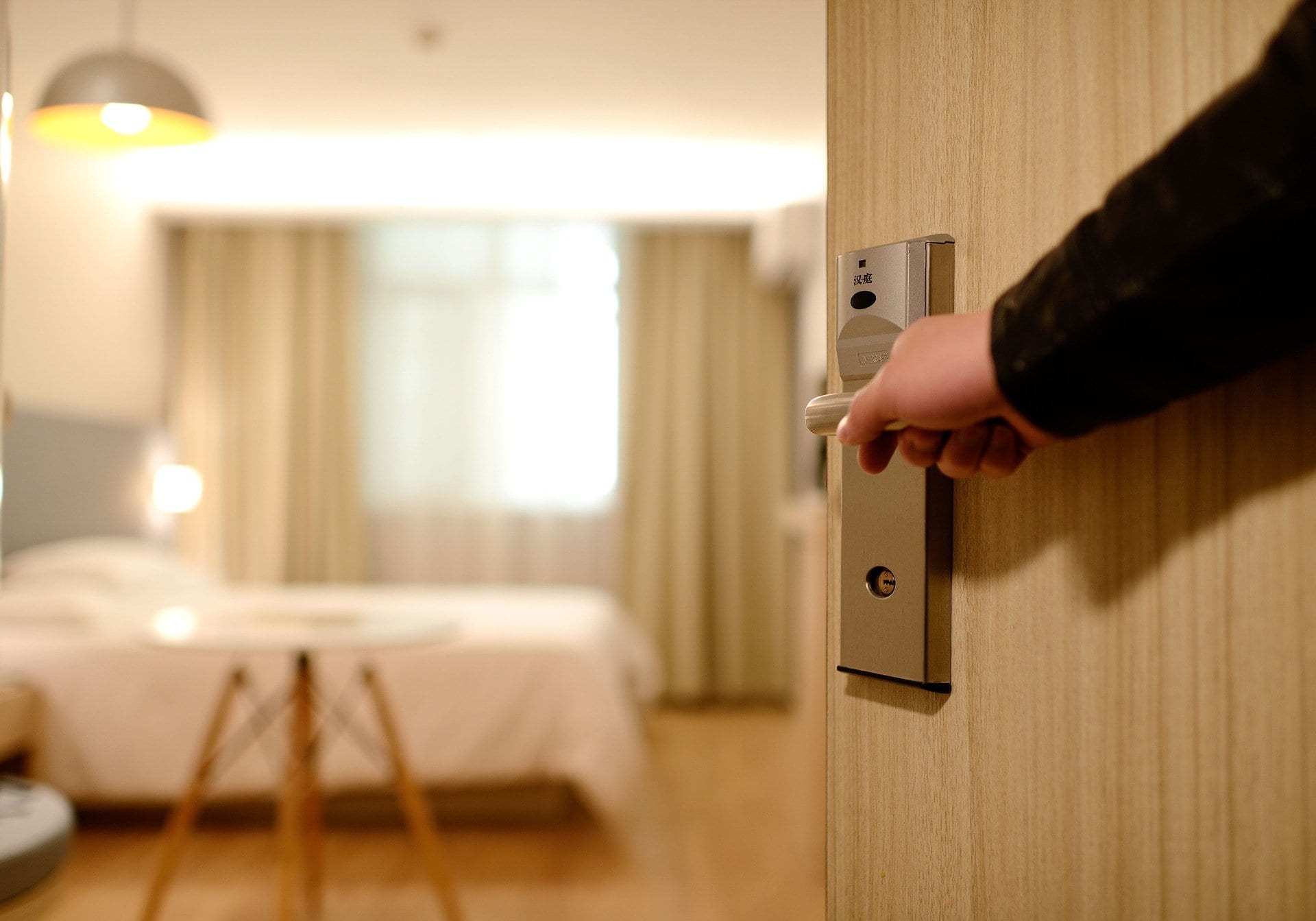The answer is yes! Whilst the recent rise in Bank of England base rates can be described as unprecedented, in reality, borrowing money is still cheap in comparison to what it cost 7 or 8 years ago when base rates were at a similar level.
The determining factor is not whether you can afford higher base rate, but whether or not the business can afford to pay the higher base rates, when the lenders’ interest margin is added, this is commonly known as the lenders’ pay rate which is invariably based on the lenders Standard Variable Rate (SVR) which tracks the prevailing Bank of England base rate.
With Bank of England base rates expected to peak by the end of May to 4.5%, they are then expected to decline to circa 2.5% / 3% by the Autumn making for more affordable lending position.
When buying a B&B, Guest House or Hotel you need to consider the businesses Trading Profit, not the Net Profit, as the Trading Profit is before Loan Interest, Depreciation and other Exceptional or Extra Ordinary Expenditure.
Lenders will consider the Trading Profit as the means to service their commercial mortgage, on a full repayment basis over the term of the loan, when considered against the Bank of England prevailing base rate and their margin and when stress tested to allow for future rises in base rates.
So, the question is, do you buy a B&B, Guest House or Hotel when base rates are at a recent all time high, or do you wait until they reduce and possibly lose out on your dream of a life stye business.
The answer is, that when lending is considered expensive, due to base rate increases, this leads to a stagnation in market sales activity due to perceived affordability issues.
Sales Agents and Vendors then become concerned if their pricing is reflective of the market and transactional lead times.
This provides a unique and time limited opportunity to acquire a B&B, Guest House or Hotel with a realistic price reduction ,given the uncertainty in the market and the desire of the vendors’ to move on, given that increases in base rates also have an impact on the cost of living, which also increases residential mortgage payments which is a good example, as individuals and household money available for discretionary expenditure, such weekends away, or holiday stays, becomes constrained or is perceived to be so, which is a mind set and doesn’t always reflect reality.
For your peace of mind, no reputable broker would recommend a mortgage that wasn’t affordable when considered on prevailing base rates, moreover lenders only consider after stress testing, to ensure that their loan is serviceable even if base rates went to 10% which is as much about protecting their best interests as it is much as yours.
If you’d like to discuss whether or not a commercial loan is affordable to purchase a B&B, Guest House or Hotel, get in touch with one of our expert brokers for a impartial and no obligation chat.











